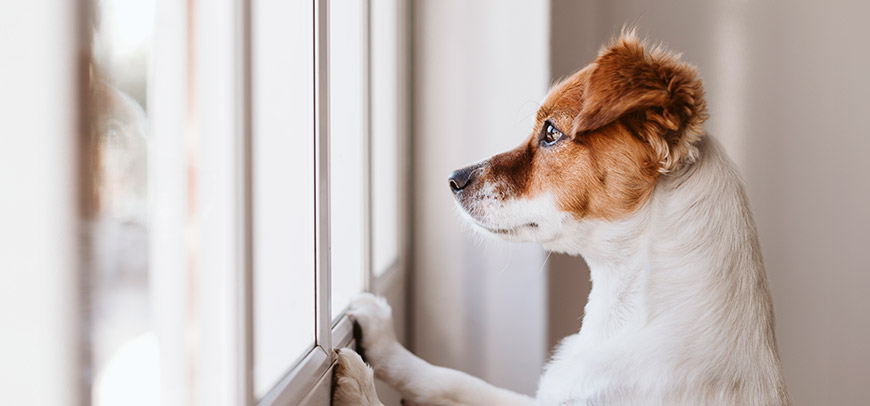
When you leave your dog at home, does he spend his alone time chewing up things, peeing on the carpet, destroying your home, or bark endlessly? If so, these may be key signs that he is having some separating anxiety.
Overcoming disorders like separation anxiety takes time, patience and consistency, but it can be done! Just take the following steps, and you’re already on your way.
Make sure the problem is separation anxiety. The first step in tackling behavior issues is to rule out any underlying medical problems that might be causing your pet’s misbehavior. Schedule an appointment with the doctor and discuss the issues going on at home. Next, rule out other behavior problems. Make sure that its only when your gone that he chews/destroys things or is it something he does all the time. Or is his peeing on the carpet just incomplete house training?
Take action. Now you have determined that the problem is separation anxiety. These tips are helping in helping your pet overcome/handle it.
- Keep all greetings relaxed. When leaving, give your dog a pat on the head, say goodbye and leave. Similarly, when arriving home, don’t pay any attention to him until he’s calm and relaxed. Then you greet him calmly.
- Give your dog a workout. Giving your dog lots of mental and physical stimulation goes a long way toward curbing behavior problems—especially those involving anxiety. Exercise can enrich your dog’s life, decrease stress and provide appropriate outlets for normal behavior. And once she’s all tuckered out, your pal won’t have much energy left to get into trouble.
- Reward your pooch! Teach your dog to associate your departure with a reward, like a delicious stuffed Kong or other food-dispensing toy. This positive association can help resolve the problem, as well as distract your dog for the first few minutes you’re gone!
- Watch for triggers. For example, when you pick up your keys your dog with probably know you are leaving and that begins the anxiety. Or if every time you lock the back door means you are leaving. Take those triggers away by randomly doing them. Pick up your keys and put them back down. Lock the back door and go sit on the couch.
- Kennel training can also be a good tool to use. A dog’s kennel can become their safe haven. Like coyotes or wild dogs, they have dens for homes. A kennel simulates a den which can make things more comforting, although you do have to train them in this first. Use food rewards for going in the kennel, encourage good quiet behavior in the kennel with food rewards. Use the kennel while your home and when you are gone so your pet doesn’t associate you leaving with the kennel and begin to dislike it and try to escape which can cause more harm than good. Don’t ever use a kennel for punishment.
- There are some home remedies that we like to recommend. The most successful is the dog or cat pheromones. Adaptil is the dog formula of a calming pheromone, one that the mother produces when a puppy is nursing. This pheromone comes in a diffuser or a collar that does not have any smells or effects to us but will leave a calming hora for the dogs. The same thing with cats is called Feliaway.
If these tips don’t work consult us for more information and the next steps to take with your pet regarding separation anxiety.



